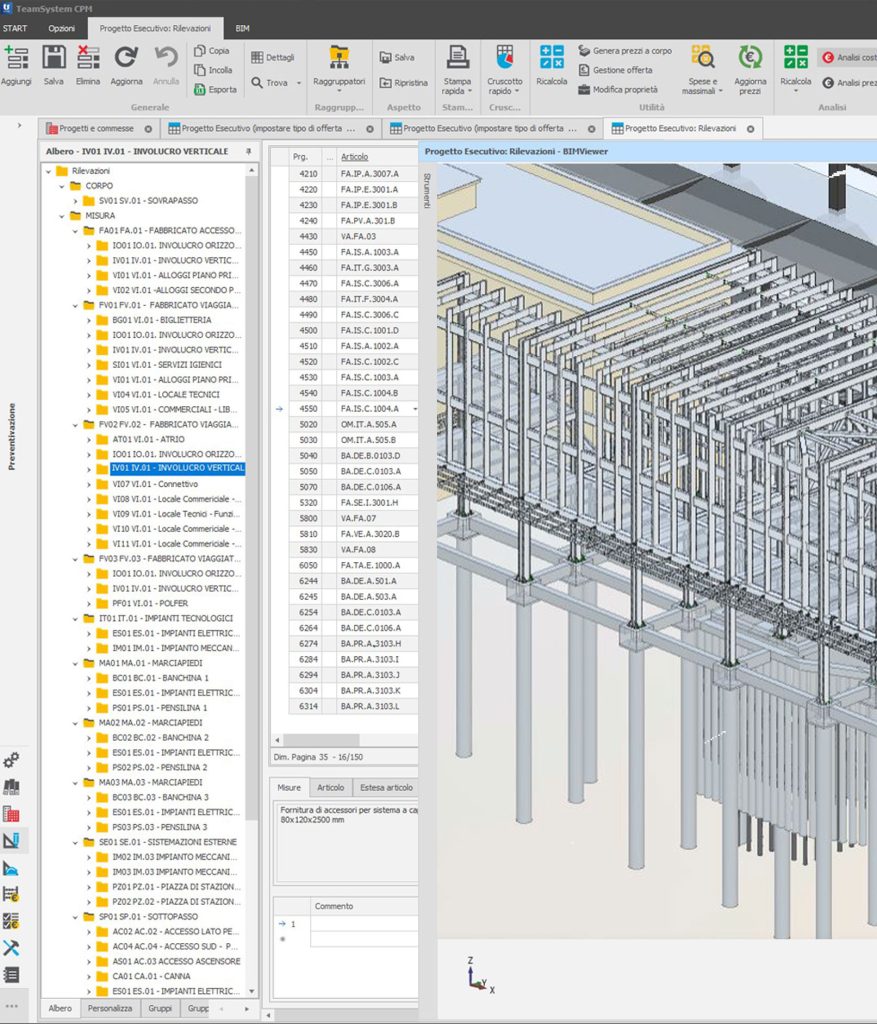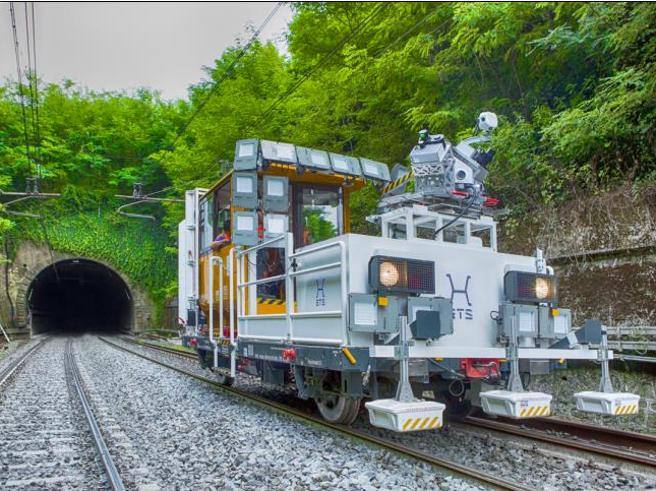Technical-economic
The key to the technical-economic control of a project lies in the precise analysis of each design component. Materials, technical work, regulatory and documentary updates, allow the drafting of technical-economic documents highlighting the project in all its aspects.
Maximizing cost efficiencies to reduce economic project risk
The Estimated Metric Computation represents the project told through the work and quantities that characterize it. It is the economic document par excellence. Formally, it consists of a list of all the workings that make up a project, characterized in turn by quantification parameters. The CME requires a series of documents that can best represent the costs of carrying out a work, such as price lists, profit and loss statements, and differential appraisals.

Technical-economic documents are essential for controlling the quality and thoroughness of the project. The computation of a project requires intensive discussion and collaboration with numerous professionals.
Control and assurance instruments
Technical-economic documents are fundamental for the realization of a project. The drafting process starts with the developed project, quantifying the interventions and work required, guaranteeing the client the possibility of carrying out all necessary economic evaluations, and organizing himself from a financial point of view.
Design Support
The production of technical-economic documents represents a check on the technical solutions adopted. They are therefore design support tools for the necessary mediation work between the desired quantity and the possible quality in relation to the economic availability of the work. Obligatory in the case of public works, in the private sphere they acquire an important role in regulating relations between the parties involved.
New tools and methodologies
Innovation comes through Quantity Take Off computation, using computerized procedures that extract the quantities to be computed from a digital model of the work using Building Information Modeling (BIM). With reduced time, greater efficiency, greater control in the quantification of materials and workmanship, an ETS project is distinguished by the possibility of streamlining the timing of the quantification of materials in a project, making an estimated metric computation reliable,






